Estimated reading time: 4 minutes
Do you know capeweed? It’s one of the weeds we’re often asked about in spring because that’s when it tends to grow in abundance.
If you’ve been following us for a while, you’ll know we’re generally big fans of weeds. That might sound strange, but it’s because of the many benefits they can bring to your soil and your overall garden health.
Related Articles
3 simple ways to improve your soil
Here are 3 simple ways to kickstart the health of your soil to help you grow fruit that is full of vitamins and minerals.
How to plant a green manure crop
Prepare the soil before planting fruit trees with an autumn green manure crop, and give your fruit trees the best possible chance to thrive.
Before you plant a fruit tree, do these 5 steps
If you’re planting fruit trees this winter, there are a few steps to go through before you get started with soil preparation.
One of the characteristics of capeweed is that in some circumstances, you get a LOT of it, as you can see from the picture below.
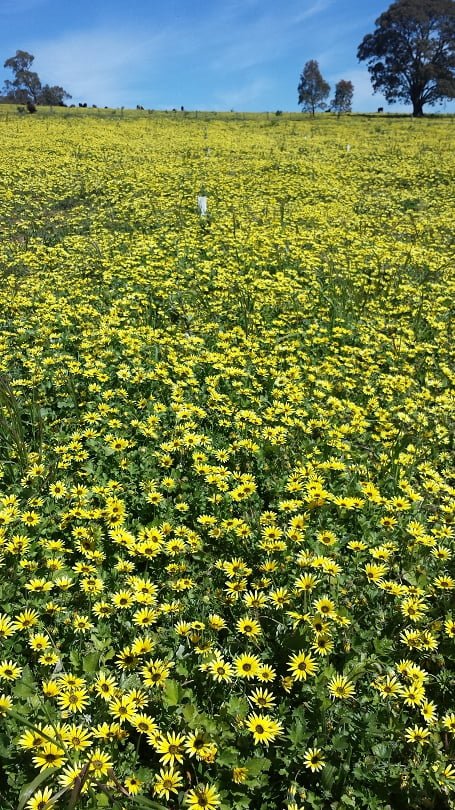
Are weed monocultures a bad thing?
It’s all very well and good to appreciate the diversity of weeds under your fruit trees that may bring surprising benefits, but does the same thinking apply to a huge monoculture of one weed?
Capeweed germinates in autumn and winter, so is most evident in spring, dying off in summer. It’s basically a weed of cultivation, pastures, lawns, and disturbed areas. If the area has been really disturbed (e.g., over-grazed), that’s when you can end up with a large amount of the stuff.
That creates a problem right there. Wherever you have an over-abundance of capeweed, you end up with bare ground in summer when it dies off. This is a terrible thing for the soil.
Capeweed also has some other downsides:
- Stock will eat it but often don’t really like it.
- The woolly seeds can cause impaction
- It can taint milk
- Where it’s the dominant feed, nitrate poisoning of stock is possible.
It sounds terrible, doesn’t it?
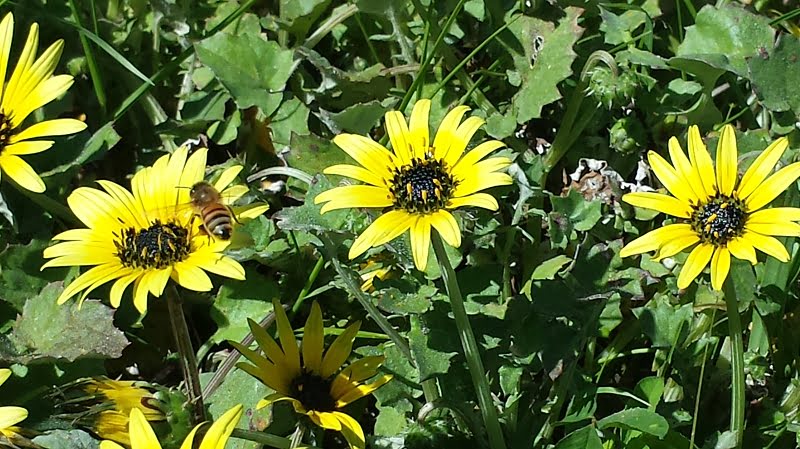
Finding something to love about every weed
But the problem is not the plant itself.
Capeweed also has some great benefits. It can play a useful role in covering bare soil, keeping the earth cool, and attracting bees. If it’s present in your garden as part of a rich biodiversity of plants it can definitely fill a niche in the ecosystem.
The real question is, what’s going on that you have too much capeweed (or any weed)?
The problem is the soil. Or to be more precise, the practices that have led to soil and diversity imbalances that result in a monoculture.
One of the most important advantages of a weed monoculture is that it’s sending you a message, loud and clear! You just need to pay attention and take notice.
A carpet of capeweed is a stark visual reminder that however the soil has been treated, it’s all wrong. It may be an indicator of acid soil, compaction, waterlogging, or salinity.
It’s telling you to sit up, take notice, and change your practices immediately.
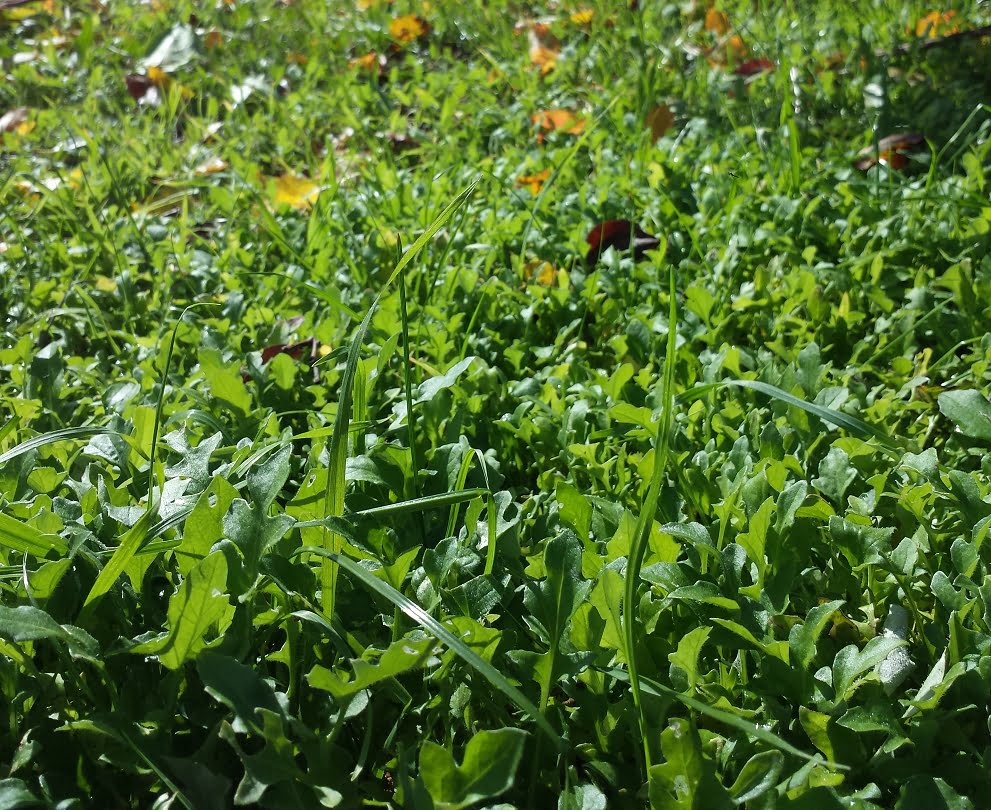
Practices that lead to a diversity of weeds
If you’re seeing too much of any one weed, there’s a good chance you need to get more organic matter into the soil. This will straight away help to encourage a wide diversity of plants to grow there.
It’s particularly important to aim towards having a good cover of plants that will stay green throughout summer.
The work of eminent Australian soil scientist Dr. Christine Jones (check out her masterclasses here) tells us that bare soil should be avoided at all costs. Incredibly, it can heat up to at least 60C in summer. This causes it to rapidly lose moisture, kill soil microbes, and contribute to climate change.
So while a monoculture of capeweed (or any plant) has its drawbacks, it also has advantages. It’s a fantastic indicator plant, a good bee attractor, and can be a very useful member of a healthy biodiverse garden or pasture.
But most importantly, it can make you a much better gardener!
Related Articles
3 simple ways to improve your soil
Here are 3 simple ways to kickstart the health of your soil to help you grow fruit that is full of vitamins and minerals.
How to plant a green manure crop
Prepare the soil before planting fruit trees with an autumn green manure crop, and give your fruit trees the best possible chance to thrive.
Before you plant a fruit tree, do these 5 steps
If you’re planting fruit trees this winter, there are a few steps to go through before you get started with soil preparation.
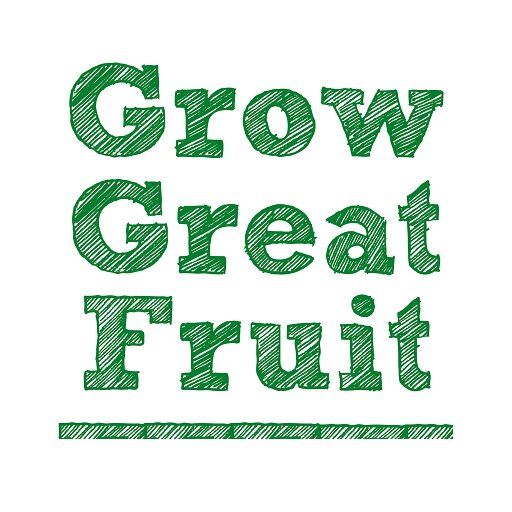
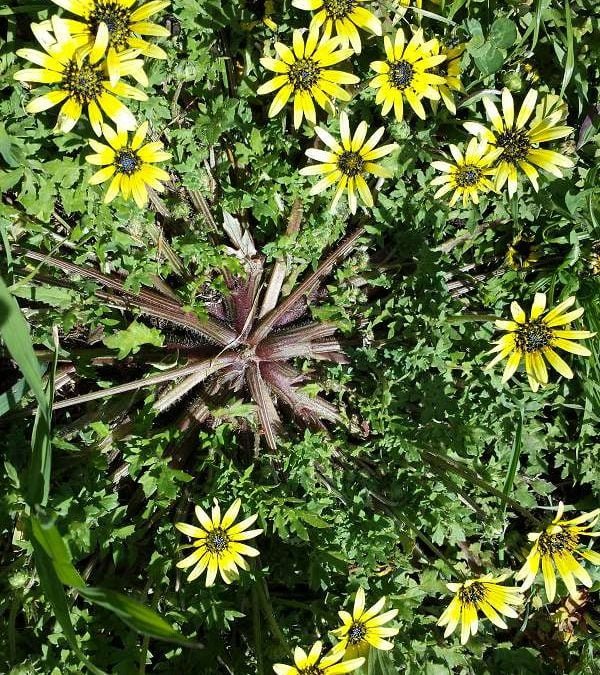

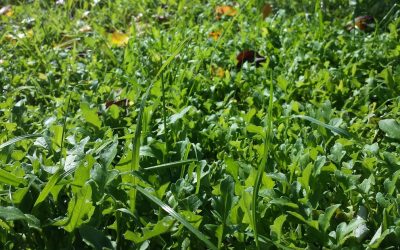
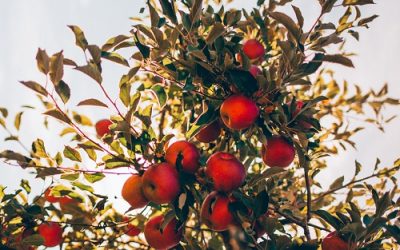
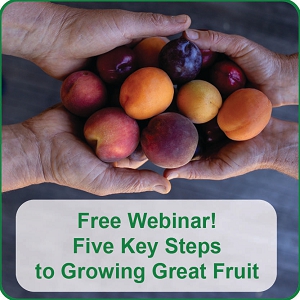

That’s interesting about soil acidity with capeweed. have read they don’t like lime…that’s alkaline isn’t it? Spread it a bit on big nature strip out the front and it seemed to go away…starting to come back…shocking “soil” the Council put out there when widening it…big area to throw cow poo around etc but gradually….
Capeweed is better than no groundcover plants Chris, so we’d recommend planting other things among the capeweed rather than applying something to try to kill it. Plants we think of as “weeds” are just filling the void, and the main thing we should avoid at all costs is bare ground.
Capeweed is a great pollen source for those beneficial bees and build up in spring on capeweed more than any floral source in Victoria (according to VIC beekeepers). So while you might think it a weed, it fills a important floral gap for your pollinators!
So true Kelly – every plant has its place, and capeweed no less so!
Where else do we get flowers for daisy chains?
Cape”grass” is wonderful! (No such thing as a weed, just a plant in the “wrong” place. Every day I harvest about a 20 litre bucket to give to the chooks, and they love it. According to chook experts, they are not at all affected by the “toxicity”. Just use a garden fork to loosen ground, then pull the plants out, roots and all, no broken stems. After feeding the chooks, another 20 litre bucket is harvested, and the cape”grass” crowns are placed upside down as a sheet groundcover under fruit trees, fitting them around the Christine Jones understory plants. When they ultimately breakdown by time and worm activity, the soil (and fruit trees) will benefit from the nutrients and minerals mined by them. I also note whilst harvesting them, there are lots of worm castings under them. Worms prefer the cooler soil under the crowns? Or perhaps the worms somehow know the cape”grass” carper affords them protection from birds. All in all, harvesting 2 buckets, feeding chooks and placing around trees in orchard takes about 30 to 45 minutes, which I say is time well spent.
Thanks for the inspiration. We have plenty of cape grass, hungry chooks (and goats!) and trees aplenty!
I am trying to find flats of capeweed to fill in some small areas that died out after being installed thirty years ago. Tried to transplant some, but with limited success.
Is there a nursery I can order some flats?
Laszlo
Hey Laszlo, we’ve never heard of a nursery selling capeweed. We’ve often noticed that as soil improves, we see a succession from capeweed to other plants, which is a great indication that the capeweed has done its job as a healer of the soil (often called pioneer plants). So if the capeweed has gone, maybe it’s time to think about what other sorts of plants would suit that area better – this will depend very much on the areas you’re talking about, whether they’re under your fruit trees, in the garden or in paddocks.
Hi Laszlo, I’m South African originally which is where Cape Weed comes from. It grows alongside a wide variety of other plants, including Osteospermums. You can get seeds or plants of those quite easily here. Maybe worth a try?
I’ve heard weeds also indicate the presence or absence of certain minerals in the soil. Do you know what mineral excess or deficiency cape weed indicates?
Hi Kim, Cape weed is usually a sign of overgrazing – compaction from animals, and then bare soil which gives cape weed the perfect way in. It is also a sign of acidity. So, soil improvement and keeping a grass cover through summer and autumn are the best strategy. Cape weed struggles to germinate if you have good ground cover and your soil is not compacted.
Hi Hugh,
My observations are a little different to yours.
We are broadacre farmers with 50% cropping, 50% legume pastures for wool growing sheep on soils ranging from yellow sands to sandy loams to loamy clays.
However, our most aggressive weed in our loamy sands of pH 6.0 is capeweed, even where good sub clover and serradella pastures are established. Needs sweetening by non lethal dressing of phenoxy herbicides for sheep to graze at stocking rate of 30+/ha to give legumes a competitive chance prior to spring, and prior to it getting beyond 15cm diameter. If any other way without killing sub clovers, medics or serradellas, would be most interested
Our paddocks were all full of capeweed, red sorrel and other indicator plants…
Our agronomist had recommended us to spray everything dead in spring, summer and early autumn and to apply ag lime before & fertilizer with sowing of new pasture in April.
We were considering to just use lime and sowing to permanent pasture to see if something sticks /takes over from weeds.
Unfortunately my horses were getting string-halt last autumn which is thought to be caused by a fungi produced by cape weed.
So, sprayed out most of the paddocks in early spring. About 1/3, we retained and only applied a broad leave spray later with little success.
In hindsight, I wish I had done a bit more reading before killing off all ground cover on most of our farm.
At least it is a wet enough year so far. So, I hope soil erosion won’t be so bad and we might get a nice permanent pasture established with a variety of grasses suitable to both horses and cattle.
Though like your blog suggests we’ve probably just set ourselves up for all good microbes to die during summer on the hot ground with no /only dead cover. :/
(Before spraying it) I had found capeweed to be useful for composting.
Hi Tanja, glad you’ve found our blog, and sorry you’ve had advice that didn’t work out for you (or your paddocks). Have you looked for a regenerative agriculture group in your area? I’d also recommend you listen to our Masterclass by Dr Christine Jones, as she’s an absolute expert on pasture regeneration – here’s the link: https://growgreatfruit.com/product/the-fundamentals-of-soil-masterclass/. Best of luck.
You might enjoy researching Biocomposting.
Taught by Dr Elaine Ingham.
It will definitely give you some different views on landcare.
Good read. I too had no pasture growth and terrible capeweed In New Gisborne Victoria . I read that the soil is lacking in Magnesium if Capeweed is dominant, This year I applies Dolomite lime to the pasture in winter and was pleasantly surprised. Good grass growth and no Capeweed. When I was at it I threw about a small paint bucket of dolomite under my apple tree which was choked by Capeweed. Where It settled again I was pleasantly suprised . No capeweed and the Apple tree just took off (no fertilizer applied) Apparently it is due to large amounts of super over the years which locks up the fertility and Magnesium. I will apply it every where this winter.
Ive got cape weed growing thickly in areas that were burnt in Nov 2019. As an experiment Im going to try and plant some potatoes that have sprouted, in an attempt to use up the excess nutrients. I might try the osteospermums as well. Any other suggestions for plants to replace the cape weed would be very gratefully received. Thank you
Hi Hugh and Katie in a rural outlying area of Perth Hills this Spring, cape weed is everywhere for miles around. The whole area of farms and small acreages is bright yellow. It makes for some very pretty photos but if only those landowners could take heed and put some biology and organic matter back into the soil!
Absolutely – it’s very hard to unsee these things once you know, isn’t it! Meg – Grow Great Fruit team.